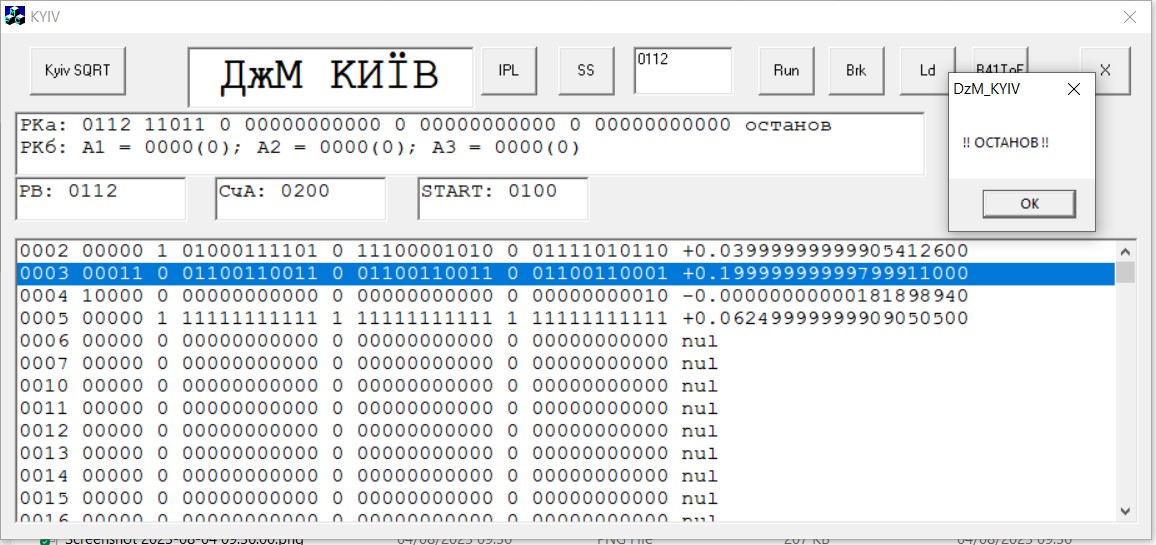| Title: |
Early Soviet Computing |
| Speaker: | Jerry McCarthy |
| Date: | Thursday 19th September 2024 |
| Time: | 14:30 |
| Location: |
25 Copthall Ave, London EC2R 7BP and |

About the seminar
I was wandering around TNMOC, where I volunteer, on a quiet morning before the rush of visitors, and I noticed a poster showing one Kateryna Yushchenko, who was, apparently, the inventor of a programming language called “APL”; not that APL but “Address Programming Language”.
A Wikipedia entry for that programming language eventually led me to an online Ukrainian document website where a fascinating document “ЭЛЕМЕНТЫ ПРОГРАММИРОВАНИЯ”/“Elementy programmirovaniya”, dated 1961 and co-authored by Ms. Yushchenko, was found. This document describes programming on a number of Soviet* computers, for example, B.E.S.M and Strela, using a three-address pseudo programming language.
The same manual also gives various programmes written in this pseudo programming language for, for example, calculating square roots and solving quadratic equations.
Thus was a project born to write a simulator to execute these and other programmes.
Subsequent research revealed details concerning one specific Soviet computer, the “KIEV”, for which a second simulator is undergoing development. The documentation for this machine uses APL to describe its operation, so giving an opportunity to explain APL further.
* Note that the historical term “Soviet” is used here, but the protagonists in these developments were working in the Ukrainian SSR.
About the speaker
Jerry‘s day job used to be to write software, in areas such as retail systems, cryptography and internationalisation, for a global computing company. Since his retirement, he now volunteers at The National Museum of Computing (TNMOC), which is situated within the Bletchley Park Campus. There, he talks to visitors about, inter alia, EDSAC, The WITCH, and the Museum’s slide rule collection. He takes an interest in other early computers and also crypto systems such as Enigma and the Lorenz SZ42 and the breaking thereof.